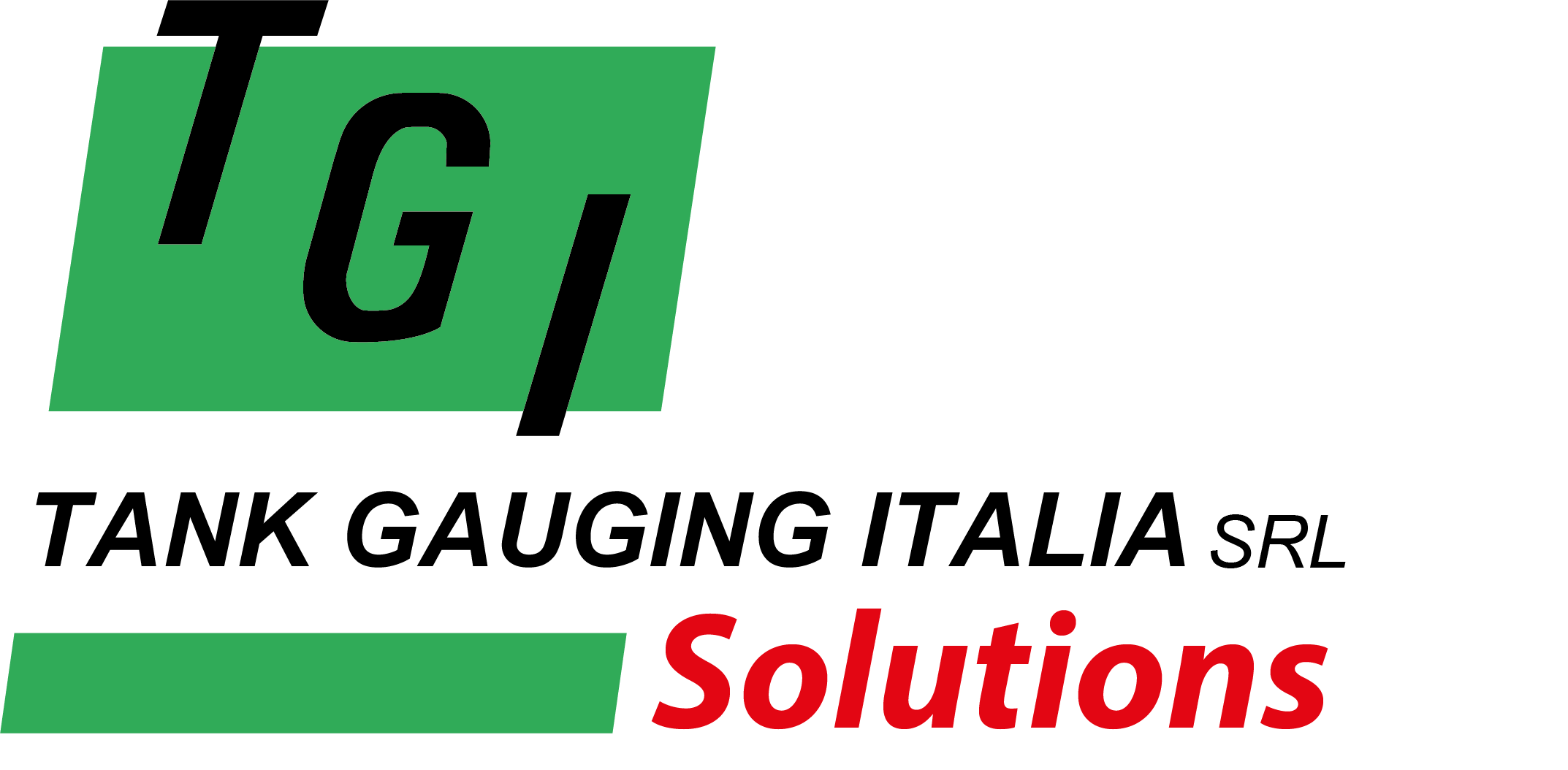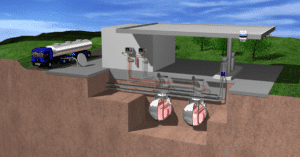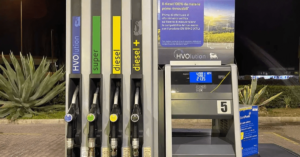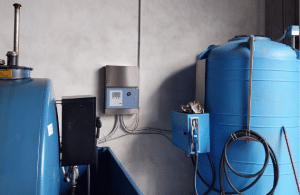There are several false myths circulating in the field of electric mobility that are influencing the perception of Italian consumers towards fully electric cars. These myths range from the classic “there will never be enough power for all cars” to “we don’t have enough charging stations to accommodate them all”, and the persistent belief that “electric cars pollute more than other cars.”
In Italy, only 4% of cars on the road are electric, compared to the European average of 14%. However, in Oslo, battery-powered cars have gained significant traction, with one in five cars on Norwegian roads being electric
It took nearly 10 years for the share of electric cars in the Norwegian car fleet to rise from zero to 10% by March 2020, and less than three years to double this percentage.
Myth #1 – More fossil fuels are being used to recharge electric cars
The opposite is true. Wind and solar power have surpassed gas and now account for one-fifth of the EU’s electricity generation. According to the European Electricity Review published by the energy think tank Ember on electricity production in Europe, in 2022 generation from renewable sources – wind and solar (22%) – exceeded generation from gas (20%).
Furthermore, coal-based electricity generation in the EU declined by 6% year-on-year in the final four months of 2022.
Myth #2 – Charging electric cars takes significantly longer than refueling at a petrol station
While it’s true that refueling at a petrol station takes only a few minutes, it’s important to note that with electric cars, charging can be done while you sleep, work, or engage in other activities.
In Italy, we currently have over 41,000 charging stations, and by 2026, the plan is to have more than 70,000 stations. Additionally, by 2026, refueling stations for electric cars will be installed every 60 kilometers along Europe’s main roads. The forecast for heavy vehicles is one station every 120 kilometers by 2028.
The charging times for electric cars are also getting shorter, and their range is approaching that of traditional internal combustion engines, with distances on a full charge exceeding 600 kilometers.
Myth #3 – Electric cars lead to total energy dependency on the grid
On the contrary, electric cars offer the opportunity to produce the energy needed to drive them at home, a possibility not available with other means of transportation.
Electric cars can actually improve the grid by connecting to domestic or public energy grids. The car batteries can serve as energy storage, absorbing excess energy and releasing it during peak consumption periods.
Myth #4 – Petrol and diesel engines are now very clean
While internal combustion engines have made progress in reducing emissions, they still remain fundamentally inefficient. Petrol cars utilize only 30% of the energy available to them, while diesel cars use up to 40%.
In contrast, electric motors have an efficiency rate between 80% and 90%, more than double that of the most efficient internal combustion engines. Most of the energy in internal combustion engines is lost as heat, with less than half converted into kinetic energy to move the vehicle.
Myth #5 – Charging an electric car is becoming increasingly expensive
While the cost of electricity has risen, it remains, on average, 30% lower than the expenses associated with traditional fuels. Electric cars offer the potential for a circular economy,
utilizing second-life batteries and energy storage facilities to offset consumption peaks and increase overall electricity production efficiency.
It’s important to consider that the cost of electricity should not be evaluated solely based on volatile prices for domestic customers, but also consider flat-rate subscription-based plans for public charging, which offer charging packages for a fixed fee.

Hectronic eReady
eReady is an advanced solution for petrol stations looking to integrate electric charging into their service stations. Tank Gauging Italia handles its marketing and installation in Italy.
Here are some key features that simplify and automate the management of charging stations:
- Centralized management: allows petrol stations to manage all operations related to electric charging stations from a centralized platform. This includes station monitoring, transaction and payment management, report generation, and user administration.
- Intuitive interface: offers a user-friendly interface that allows charging station operators to easily manage day-to-day operations. The interface provides real-time information on station status, including utilization data, charge levels, and transaction history.
- Access control and authentication: supports various authentication modes for users, including RFID badges, smartphone apps, and credit cards. This ensures secure access control to the charging stations and easy user identification.
- Charge planning: enables users to plan the charging of their electric vehicles in advance. Users can reserve charging stations, set customized charging preferences, and receive notifications when the vehicle is fully charged or when urgent charging is required.
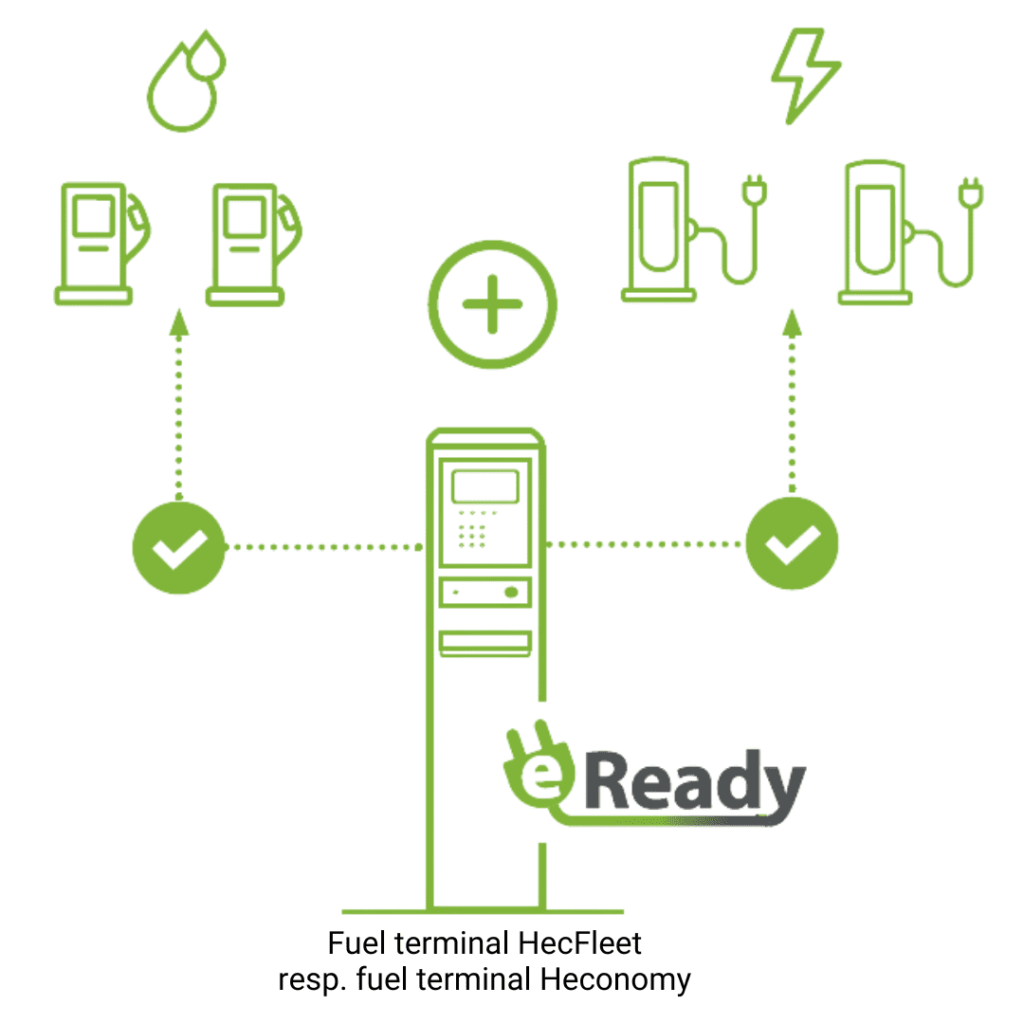
In conclusion,
the benefits of eReady extend beyond these features. The solution also offers an integrated billing system that allows petrol stations to efficiently manage payments for charging services.
It can also be integrated with other existing management systems allowing for seamless synchronization of operations and efficient data management. Implementing eReady allows gas stations to:
- diversify the offer;
- generate additional income;
- exploit the opportunities offered by electric mobility;
- provide reliable and convenient charging services to electric vehicle owners.
